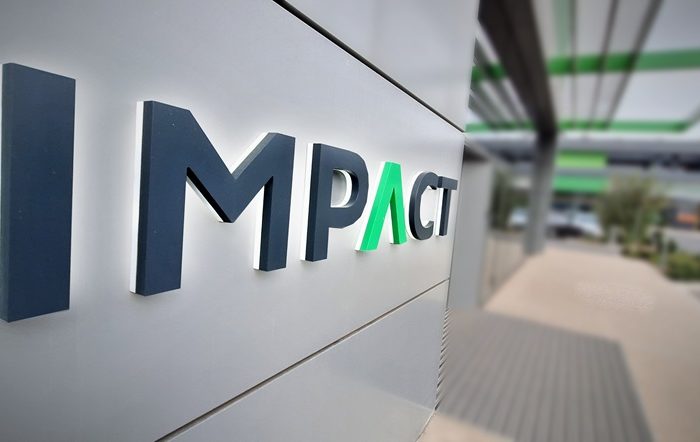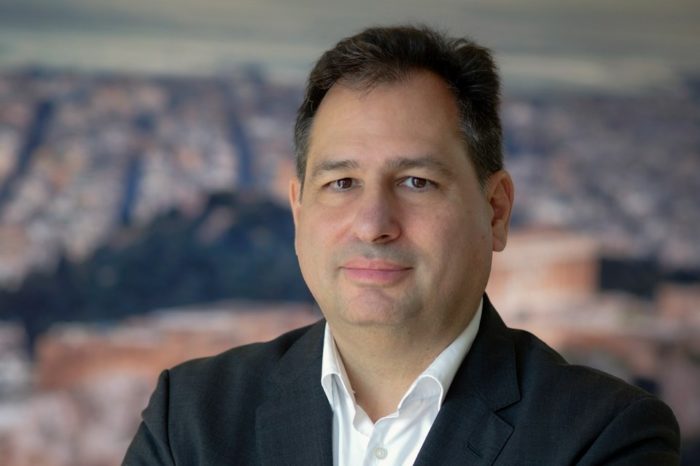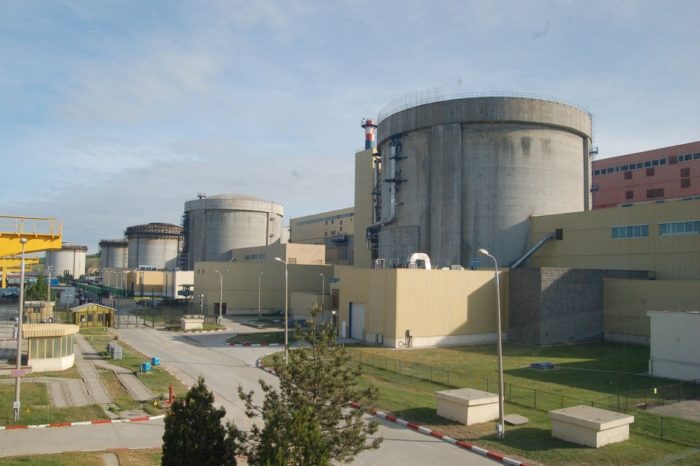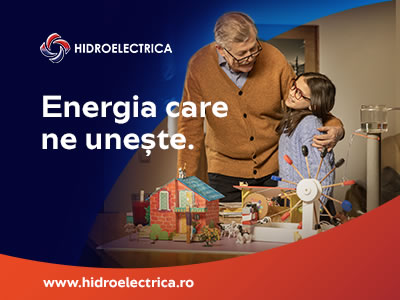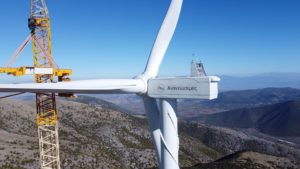INTERVIEW Cristian Secosan, Delgaz Grid CEO: “We plan to invest 2.2 billion euros in energy grids by 2030”
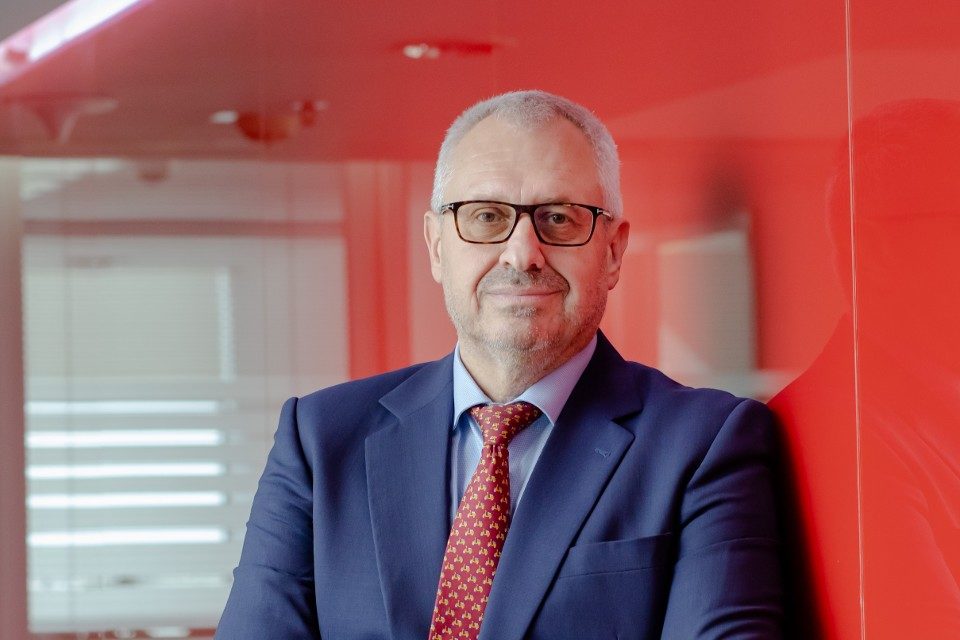
The Delgaz Grid company, part of the E.ON group in Romania, plans to attract, in the coming years, 700 million euros from European funds, to which will be added approximately 1.5 billion euros from its own sources, for financing an extensive investment program in the modernization, expansion, automation and digitization of electricity and natural gas networks. We learn about these plans, but also about the need to increase distribution tariffs, from Cristian Secosan, the CEO of Delgaz Grid.
How would you describe the evolution of Delgaz Grid in 2022?
The unprecedented crisis in the energy market has made last year extremely complicated, following the massive increase in energy prices, which have doubled or even tripled.
Delgaz Grid’s activity, like all natural gas and electricity distributors, is regulated, and the costs are covered by the tariffs approved by ANRE. All investments are made from the distribution fee, whether it is recognized before the investment or recovered after the investment is completed.
Due to the decision to freeze distribution tariffs, with an impact as early as 2021, the distribution company was deprived of its only legal source of income and was forced to borrow almost to the maximum credit limits.
At the same time, until now, the companies have bought their energy for their own technological consumption (CPT), without which the networks cannot function, at the market price which reached, at certain hourly intervals, levels of almost 4,000 lei/MWh. For this reason, the additional costs to cover the technological consumption from 2022 amount to approximately EUR 100 million.
As you can see, the economic context was a very difficult one, but nevertheless we managed to operate the gas and electricity networks in safe conditions and to maintain investments at a high level. We invested 673 million lei (136.5 million euros) especially for the modernization of the networks, but for this we had to resort to significant loans.
Of the total investments last year, 390 million lei (79 million euros) are in natural gas distribution. The natural gas network was modernized over a length of 278 kilometers and was extended by over 600 km, connecting around 38,500 new consumers. Also last year, in collaboration with the local authorities, we established eight natural gas distributions in the counties of Iasi, Cluj, Maramures, Botosani, Neamț and Sibiu.
On the electricity side, we made investments worth 283 million lei (57.5 million euros), of which 26 million lei (5.3 million euros) represent EU funds. The electrical network was modernized along a length of 1,129 km and about 270 remote-controlled equipment (separators and reclosers) were installed in the overhead medium voltage networks. Modernization works were carried out on equipment in 51 substations. Also, 58 new substations were built and more than 310 were modernized. The network was extended by 566 km and more than 28,000 new consumers were connected. Last year, the number of prosumers reached 5,455, triple that of 2021.
The results of the investments made year after year can be seen in the increase in the safety and quality of the distribution service. Thus, if in 2021, the company recorded the shortest duration of unplanned interruptions in electricity supply in Romania, of 89 minutes, last year this indicator decreased even more, reaching 76 minutes. This is a 24-fold improvement over the 1,800 minutes/year recorded before privatization in 2005. Progress was also recorded on the gas side, where the network’s technological consumption was reduced by 57% compared to 2012. For comparison, the reduction of technological consumption by 587 GWh (respectively 56 million cubic meters) is equivalent to the annual consumption of a city of about 100,000 inhabitants, such as, for example, Satu Mare.
What were your most successful partnerships in 2022?
I would mark two of the company’s most important projects, carried out together with external partners from Hungary and Germany, which bring innovation and added value to our field of activity. Delgaz Grid became the first distribution operator in Romania to adopt and implement live working technology (LST) when performing work on electrical networks. The great benefit of this technology is that it will no longer be necessary to interrupt the electricity supply to customers, as happens in the case of the execution of works in the classic system.
For this project, we collaborated with the distribution company of the E.ON Group in Hungary, which trained the first instructors for LST at low and medium voltage. Hungarian engineers and electricians have been using LST technology for decades, so they were able to transfer know-how to their Romanian colleagues. We started using this technology for low voltage lines, and this year we will start for medium voltage lines. As part of the implementation program, we proposed that, by the end of 2024, we would have teams for both low and medium voltage LST in all six counties in the operating area.
Another project, a first for Romania, started at the end of last year is 20HyGrid, through which we will test the compatibility and operation of installations and appliances and components of the distribution system with a mixture of natural gas (NG) and 20% hydrogen by volume (H2). We appreciate that green gases such as hydrogen can be an integral part of a successful and sustainable energy transition, and natural gas distribution networks are a key energy infrastructure for supplying consumers with CO2-free energy.
The team of specialists that will implement the project was prepared with the help of partners from Germany and will soon start the tests in Romania. In the first stage, which will start this spring, in the own training ground in Medias, the tightness of the various components of the network, the combustion and other parameters of the different types of natural gas appliances from several manufacturers will be tested.
The pilot project would be completed at the end of 2024 and aims to analyze and demonstrate that it is technically possible and safe to add 20% hydrogen by volume to distribution networks and utility facilities of existing natural gas in Romania.
What are your goals and priorities for 2023? What are your plans regarding the local energy grid in 2023?
This year, the company proposed to invest 915 million lei (over 180 million euros). About 410 million lei (83 million euros) will be directed to the distribution of natural gas. More than 250 kilometers of natural gas pipelines and connections will be modernized, and 10 regulation-measurement stations will be modernized to improve the natural gas supply. In collaboration with the local authorities, we will establish 10 new natural gas distributions in the counties of Iasi, Bacau, Cluj, Satu Mare, Botosani and Suceava.
On the electricity side, we have scheduled investments worth 505 million lei (102 million euros), of which 95 million lei (19 million euros) represent EU funds. The investments aim at the continuation of SCADA implementation and the automation of the distribution system, SMART metering, the modernization of overhead networks, substations and substations, the expansion of the distribution network for the connection of new consumers, as well as the fulfillment of the requirements of the performance standard.
We will also continue the projects with European funds, at this moment, six projects worth about 254 million lei are in various stages of implementation. Three of the projects aim at the modernization, in order to take over the electricity produced from renewable resources, of five transformation stations in Vaslui, Botosani and Suceava counties. Three other projects aim at modernizing the distribution network and installing around 10,000 smart meters for consumers in the municipalities of Iasi and Suceava, respectively in Neamț County.
Also for this year, we planned the modernization of about 1,800 km of the network and the installation of 175 remote-controlled equipment (separators and reclosers).
Smart metering is another major focus. For the coming years, Delgaz Grid aims to install another 425,000 meters, so that 47% of customers will have smart meters installed by the end of 2028.
In the coming years, Delgaz Grid plans to attract 700 million euros from European funds, to which will be added approximately 1.5 billion euros from its own sources, to finance an extensive investment program in modernization, expansion, automation and digitization of electricity and natural gas networks.
Which are your expectations for the Romanian energy industry in 2023, anticipated challenges?
Distribution networks in Romania, both natural gas and electricity, need investments of tens of billions of euros in the medium and long term for their performances to reach the level of those in the West. For consumers, these investments mean better services, fewer disruptions, and networks ready for a digital and green future.
We need to connect the new energy sources to the grids, given the spectacular increase in the number of prosumers. Last year alone, the number of prosumers connected to our network tripled compared to the previous year, and we estimate that this year the number will reach 10,000, and for this reason there is a need to strengthen the infrastructure. Prosumers, but also the large solar and wind power plants that are foreshadowed will not be able to be connected to the grids, electric cars will not be able to charge in several stations, and the quality of services for all consumers will suffer if these investments are not made in – a sustained rhythm. We must have a network capable of receiving the energy they produce and ensuring the quality parameters required by industry and domestic customers. Moreover, without investment in the electricity grid, consumers will not have cheap and quality energy.
Investment priorities are also directed towards the replacement of old networks from the 70s, but also the infrastructure from the 90s, which was built, unfortunately, not always to the best quality. At the same time, Delgaz Grid will have to invest even more in cyber security solutions, in technology, in IT, in hydrogen-based projects, as well as in network expansions and the connection of new consumers. So there is a great need for investment.
What are your main concerns for the foreseeable future?
There are things that worry me because the geopolitical and economic context is not a favorable one at this moment. However, we cannot make predictions about what the future will look like, even in the short term, because the market is volatile, the conflict in Ukraine is in full swing, and domestically we want more stability and predictability in terms of legislation and regulation.
However, we want to find solutions together with the authorities to be able to continue the investments, so necessary for the development of a modern infrastructure that can support the energy transition. And I would also add that it should not be forgotten that, beyond the direct network results of these investments, they have a multiplier effect in the country’s economy, so we are talking about the stability of the businesses of the hundreds of partners we have in Romania, implicitly of thousands of places of work they have created.
Delgaz Grid, the distribution company within the German E.ON Group, operates a 25,000 km natural gas network in 20 counties in the North and West of Romania (Cluj, Bistrița Nasaud, Maramures, Satu Mare, Salaj, Timis , Arad, Bihor, Caras-Severin, Hunedoara, Mures, Sibiu, Alba, Harghita, Iasi, Botosani, Vaslui, Suceava, Neamț and Bacau) and an electricity network of over 81,000 km in six counties in Moldova: Bacau, Botosani, Iasi, Neamt, Suceava and Vaslui. Since entering the local market in 2005, E.ON has invested 2.1 billion euros, mainly for the modernization of gas and electricity networks, and transferred taxes and fees of 3 billion euros to the state.

